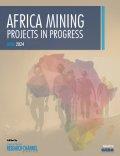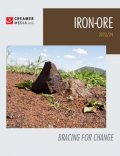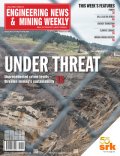SCIENCE AND TECHNOLOGY
South Africa’s MeerKAT radio telescope array, although still under construction, has successfully participated in an unprecedented international collaboration that has opened a new era in astronomy. For the first time, a major astronomical event – the collision of two neutron stars – has been observed in both the electromagnetic spectrum and by gravity waves.
The US Laser Interferometer Gravitational Wave Observatory (Ligo), which is composed of two sets of detectors, at Hanford in Washington state and at Livingston, Louisiana, detected a gravitational wave source (designated GW170817) on August 17. Almost immediately afterwards, the same wave was detected by the six-country European collaborative Virgo gravity wave observatory, near Pisa in Tuscany, Italy, and then, about two seconds later, the US National Aeronautics and Space Agency’s Fermi space telescope detected a gamma ray burst from the same area.
The observations by the thee gravity wave detectors on two continents, followed by the observation of the gamma ray burst by the space telescope, allowed a triangulation of the source. This, in turn, permitted follow-up observations by some 70 optical, infrared, ultraviolet, radio, and X-ray telescopes, on both the Earth and in space.
This content is only available to subscribers.
Forgot your password? Click here
Don't have any login details?
Free Trial Access




















